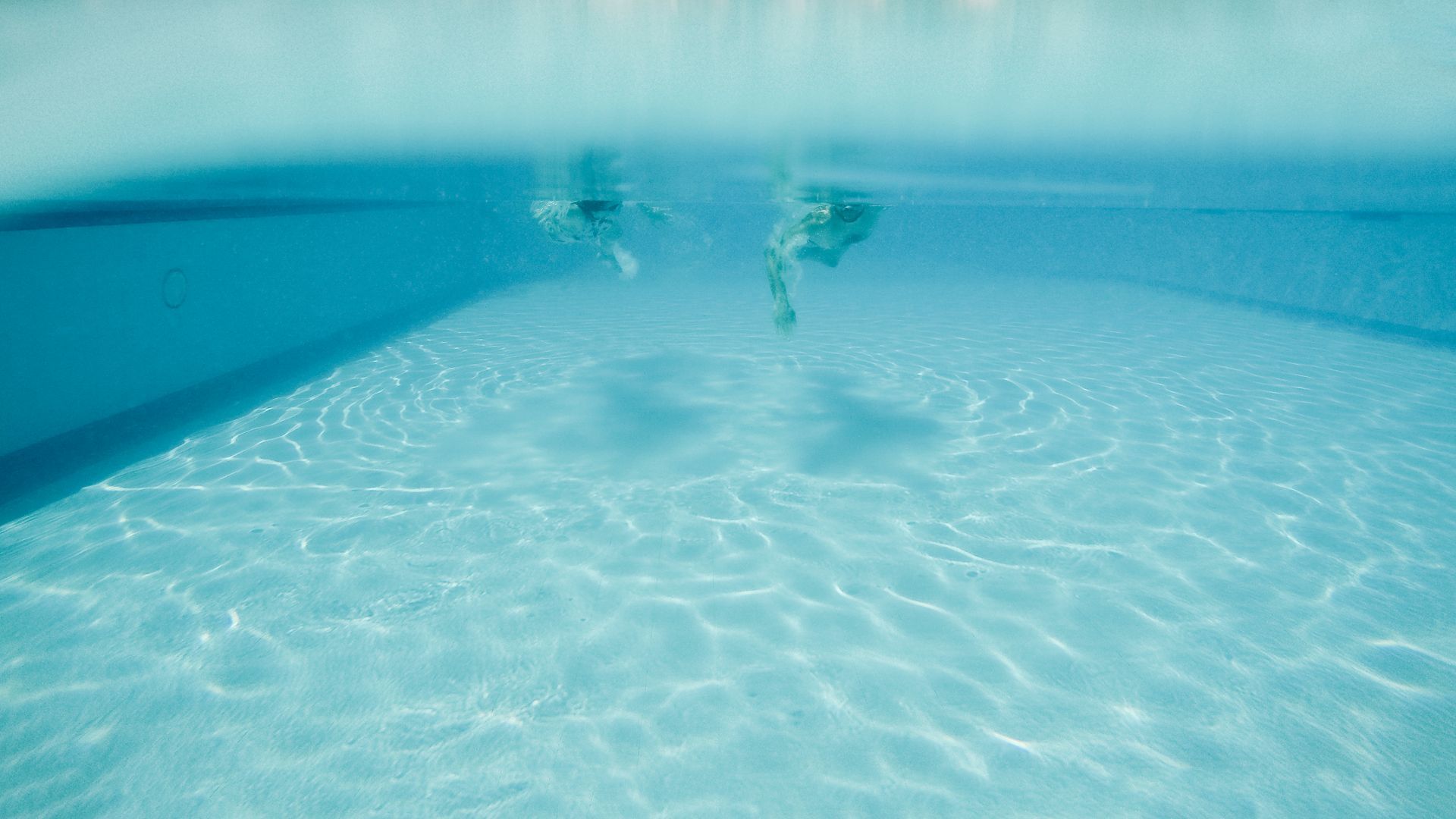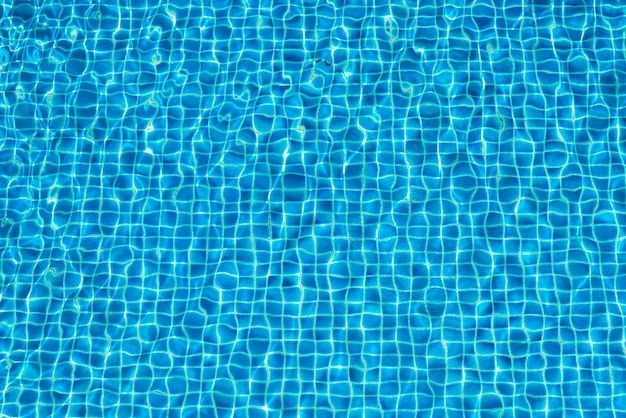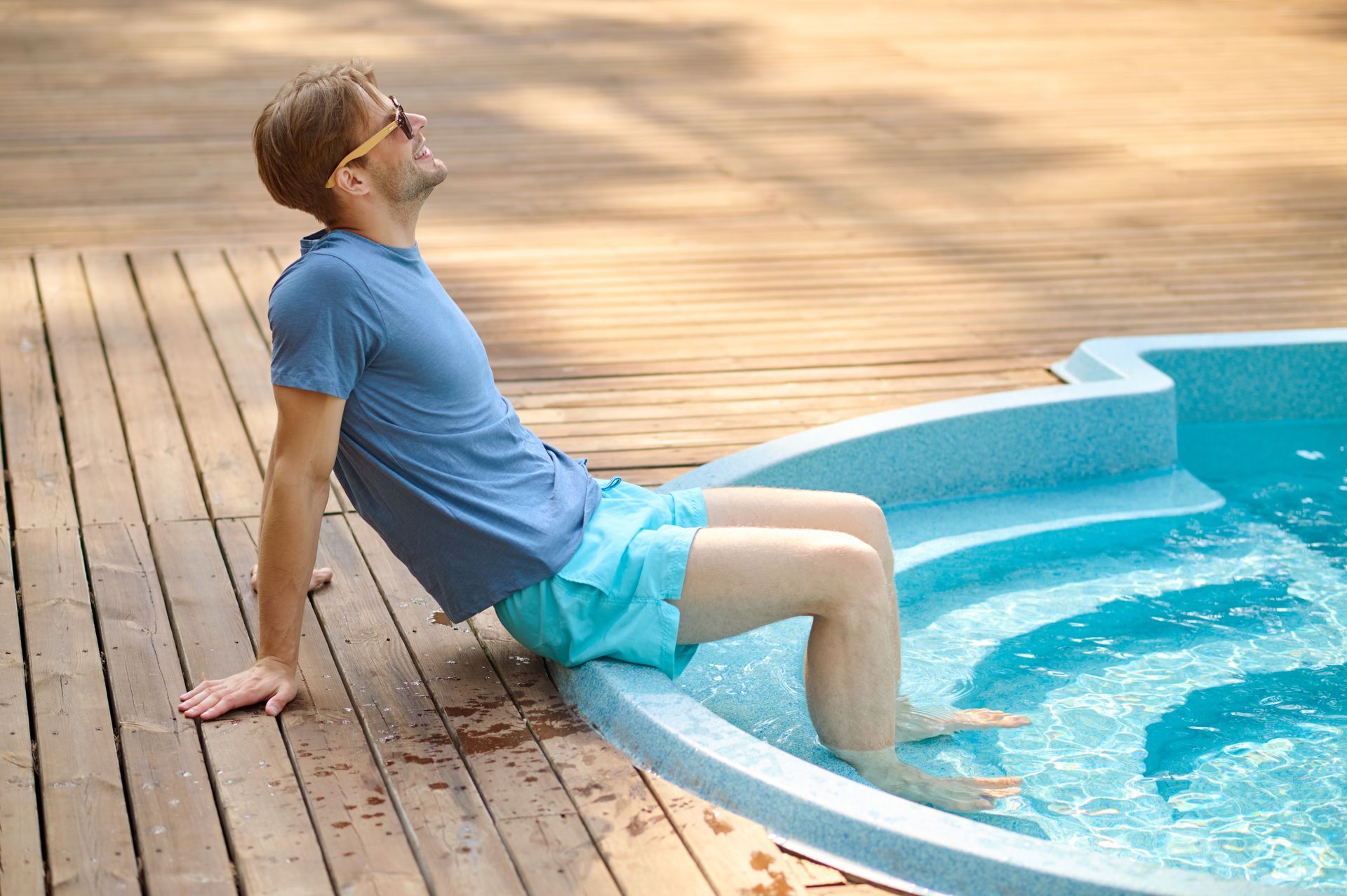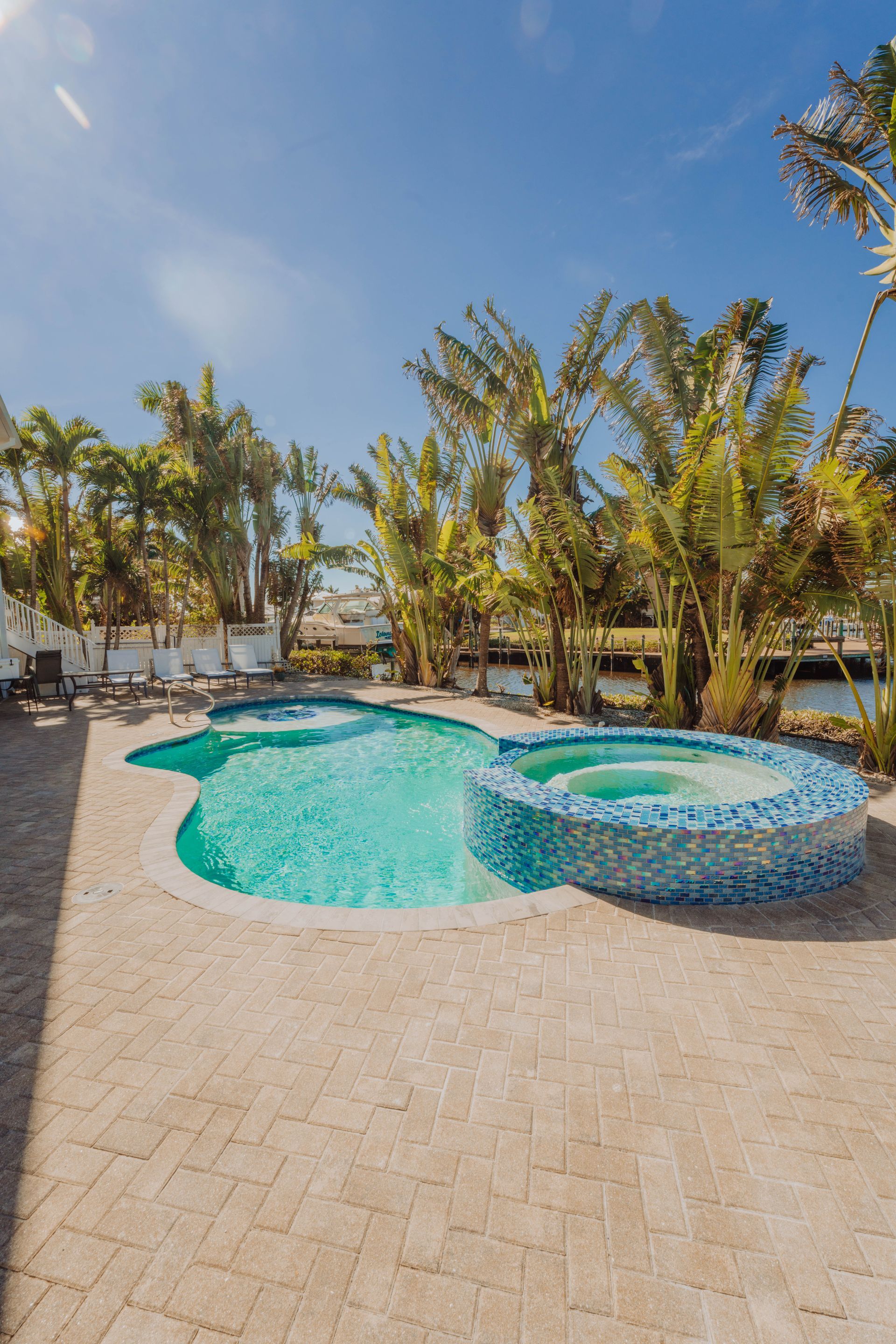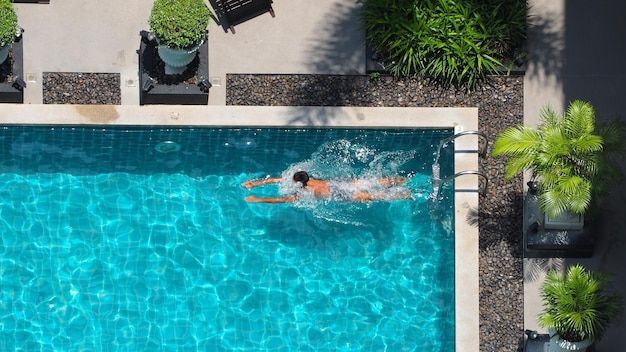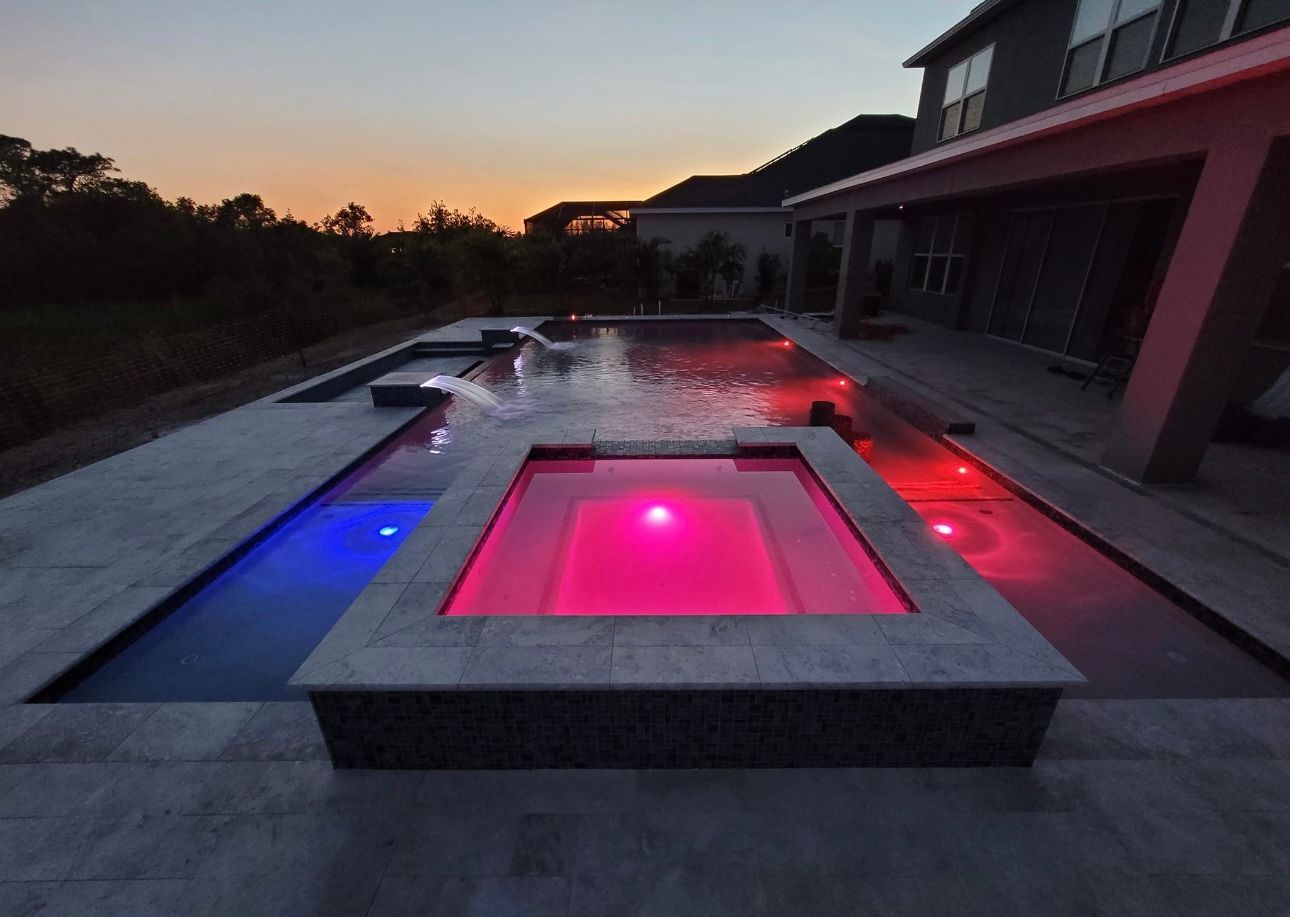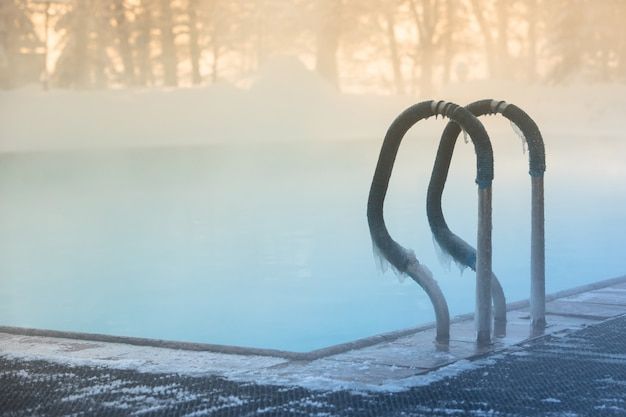HOW TO PREVENT POOL POPPING
How to Prevent Pool Popping: Comprehensive Guide to Protecting Your Swimming Pool
Swimming pool installation is a significant investment, but few homeowners understand the hidden threat of "pool popping" – a potentially catastrophic event that can turn your backyard oasis into a costly nightmare. Pool popping occurs when hydrostatic pressure forces an empty or partially drained pool to literally lift out of the ground, causing extensive structural damage and potentially rendering the pool unusable.
This isn't just a minor inconvenience – it's a structural disaster that can cost tens of thousands of dollars to repair or replace. Pool popping is a real risk for homeowners in areas with high water tables, heavy clay soils, or regions prone to frequent rainfall and groundwater fluctuations.
The potential consequences are severe:
- Structural damage to the pool shell
- Extensive landscaping repairs
- Complete pool replacement
- Potential damage to surrounding structures
Understanding the risks, causes, and prevention strategies is crucial for any pool owner looking to protect their investment and avoid a potentially devastating and expensive problem. This guide will walk you through everything you need to know about preventing pool popping and safeguarding your backyard paradise.
What is Pool Popping?
Pool popping is a catastrophic event where a swimming pool is forcefully lifted or displaced from its original position due to extreme hydrostatic pressure. This occurs when groundwater pressure becomes greater than the weight of the pool and its contents, literally pushing the pool out of the ground.
Hydrostatic pressure is the force exerted by water at rest, which can build up beneath and around a pool structure. When this pressure exceeds the pool's counterbalancing weight, it creates a dangerous lifting effect that can cause:
- Structural cracking
- Complete pool displacement
- Severe ground surrounding damage
- Potential foundation issues
Primary Causes of Hydrostatic Pressure
Water Table Dynamics
- Rapid groundwater level changes
- Seasonal water table fluctuations
- Prolonged heavy rainfall
- Underground water source proximity
Geological Factors
- Clay-heavy soils with poor drainage
- Areas with high water retention
- Regions with complex underground water systems
- Soil composition and permeability
Environmental Triggers
- Extended periods of heavy precipitation
- Rapid snowmelt
- Nearby construction altering ground drainage
- Improper landscape grading
- Blocked or ineffective drainage systems
The risk increases dramatically when:
- Pools are emptied during high water table periods
- Proper drainage systems are not implemented
- Ground preparation is inadequate during initial installation
Poor Drainage Conditions
Inadequate drainage transforms normal water accumulation into a potential pool disaster:
Drainage Red Flags
- Standing water around pool area
- Slow ground absorption
- Blocked drainage systems
- Improper landscape grading
- Non-functional French drains
- Clogged gutters and downspouts
Drainage Solution Components
- Proper landscape slope
- Functional perimeter drainage
- Regular maintenance of drainage infrastructure
- Strategic water redirection techniques
Comprehensive Risk Assessment Checklist
1. Evaluate local geological conditions
2. Assess annual precipitation levels
3. Conduct soil permeability tests
4. Inspect existing drainage systems
5. Monitor water table fluctuations
Proactive Measures to Prevent Pool Popping

Proper landscape grading is critical in preventing water accumulation and reducing hydrostatic pressure risks.
Key Grading Principles
- Minimum 2-3% slope away from pool area
- Create natural water flow paths
- Ensure consistent ground elevation
- Avoid flat or depressed surfaces around pool
French Drain Systems: Underground Water Management
French drains represent one of the most effective solutions for managing groundwater and preventing hydrostatic pressure buildup around swimming pools. These sophisticated drainage systems work by creating a controlled path for water to flow away from your pool structure, significantly reducing the risk of pool popping and structural damage.
How French Drains Work
A French drain system consists of several critical components working together:
- Perforated pipe (typically 4-6 inches in diameter)
- Gravel or rock bed surrounding the pipe
- High-quality landscape fabric that prevents soil intrusion
- Carefully graded trench ensuring proper water flow
- Strategic exit points for water discharge
Gutter and Downspout Management
Effective water redirection from your home's roof prevents ground saturation near the pool.
Downspout Best Practices
- Extended downspout drainage (minimum 4-6 feet from foundation)
- Use splash blocks or underground drainage pipes
- Ensure clear, unobstructed water paths
- Regular gutter cleaning
Implementation Checklist
1. Conduct professional site assessment
2. Map existing drainage patterns
3. Identify potential water accumulation zones
4. Design comprehensive drainage solution
5. Regular maintenance and inspection
Early Detection of Potential Pool Popping
Ground movement around your pool is often the first subtle indicator of potential hydrostatic pressure buildup. Unlike normal landscape settling, these movements are more dramatic and concerning. You might notice unexplained bulges, depressions, or visible shifts in the terrain surrounding your pool area. These changes can manifest as sudden uneven surfaces, where previously flat ground now appears raised or sunken. Homeowners should be particularly alert to areas where the ground seems to "breathe" or move, especially after heavy rainfall or during seasonal water table changes.
Cracks in Pool Shell: Structural Warning Signals
Pool shell cracks are more than cosmetic issues—they're critical indicators of underlying pressure problems. These aren't just typical hairline fractures, but significant structural breaks that suggest immense external forces are acting on your pool. Pay close attention to:
- Vertical cracks spreading rapidly
- Horizontal fissures across the pool shell
- Sudden appearance of multiple interconnected cracks
- Cracks wider than 1/8 inch
- Cracks that seem to be expanding or changing shape
These structural breaches often indicate that hydrostatic pressure is literally trying to push your pool out of the ground, creating internal stress that manifests through these visible fractures.
Water Seepage: The Invisible Threat
Water seepage represents a complex and dangerous warning sign of potential pool popping. This isn't just about minor moisture—it's about consistent, unexplained water appearance in areas that should remain dry. Look for:
- Water emerging between pool tiles
- Consistent dampness around pool edges
- Unexplained wet spots in surrounding areas
- Water bubbling or emerging from ground near pool
- Moisture patterns that don't correlate with recent rainfall
These signs suggest that groundwater is finding alternative paths, potentially indicating a critical pressure imbalance that could lead to pool displacement.
Shifting Pool Deck: Structural Movement Red Flag
A shifting pool deck is perhaps the most visually dramatic warning sign of potential pool popping. This isn't subtle movement, but significant structural displacement that can be easily observed. Indicators include:
- Deck sections becoming misaligned
- Noticeable gaps between deck and pool shell
- Sections of decking rising or sinking
- Dramatic changes in deck levelness
- Visible separation between different deck segments
This movement suggests that enormous underground pressures are actively working to displace your entire pool structure, creating a potentially catastrophic scenario.
When to Take Immediate Action
- Multiple warning signs present simultaneously
- Rapid progression of structural changes
- Unexplained water accumulation
- Visible ground deformation
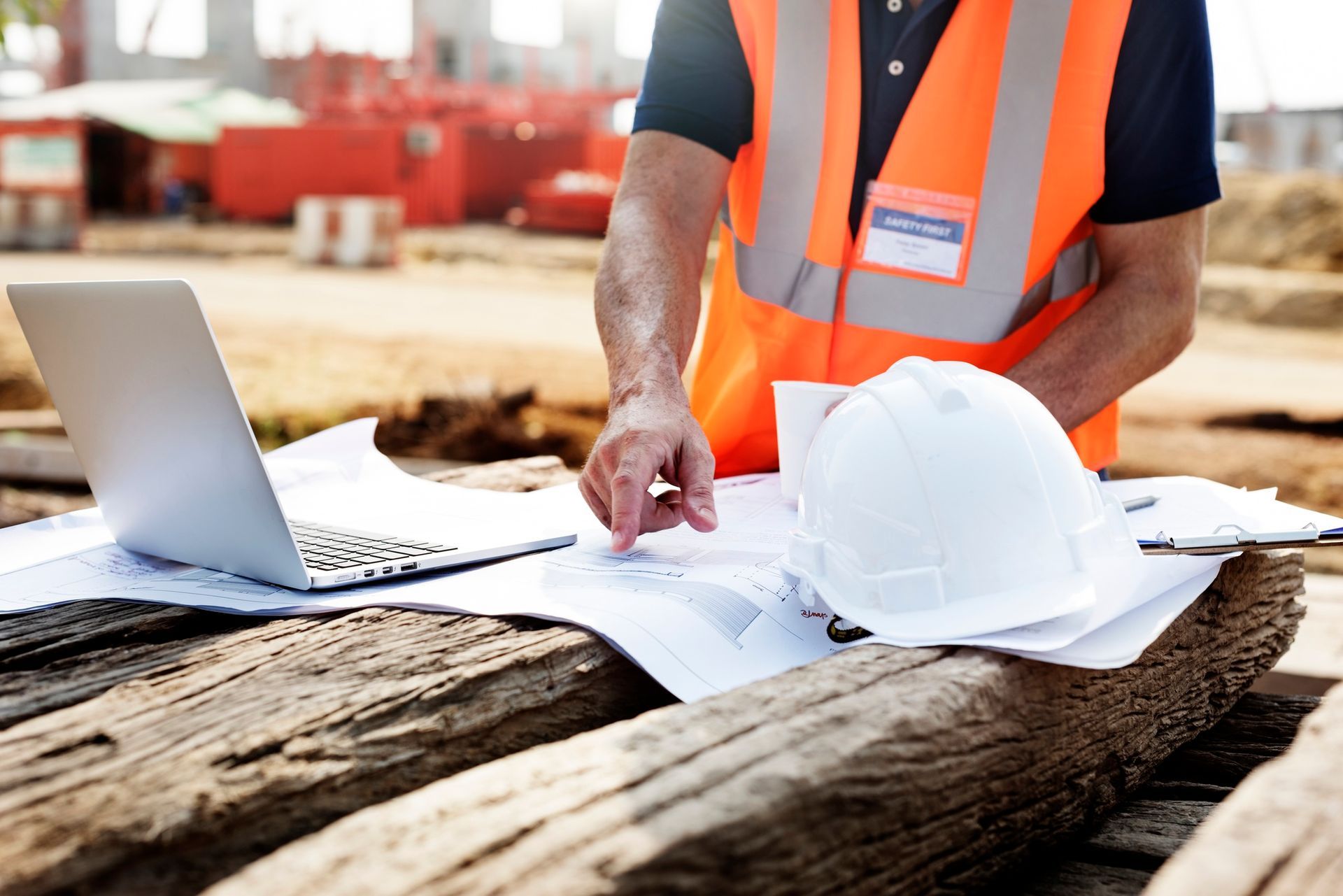
The moment you detect pool popping, your priority is preventing further damage and ensuring safety. Time is of the essence, and quick, calculated steps can minimize potential structural and financial losses.
- Evacuate the Surrounding Area
- Stop Water Sources Near the Pool
- Document the Damage
- Do NOT attempt to drain the pool further
- Avoid adding more water
- Immediate Professional Consultation Required
Prevention is Always Better
While this guide provides critical emergency steps, investing in preventative measures remains the most cost-effective approach to pool maintenance.
Pool popping represents more than just a structural challenge—it's a potential nightmare for homeowners that can transform a prized backyard feature into a costly disaster. The journey of prevention is ongoing, requiring vigilance, understanding, and proactive management.
Professional consultation is not an expense—it's an investment in your property's long-term integrity. Experts bring:
- Specialized geological knowledge
- Advanced diagnostic tools
- Predictive risk assessment capabilities
- Customized prevention strategies
Maintenance Checklist for Pool Longevity
Annual Professional Inspections:
- Comprehensive structural assessment
- Drainage system evaluation
- Ground pressure analysis
Seasonal Maintenance Protocols:
- Prepare for seasonal water table changes
- Clean and inspect drainage systems
- Monitor ground moisture levels
- Adjust landscape management strategies
Technology-Enabled Monitoring
- Install ground moisture sensors
- Use digital tracking for landscape changes
- Implement early warning systems
Final Thoughts
By embracing a comprehensive, professional, and proactive approach, homeowners can transform potential risk into confident pool ownership.
- Stay informed
- Be proactive
- Seek expert guidance
- Invest in prevention
At Gold Standard Pools, we understand that protecting your pool investment is crucial. Our team of experienced professionals is ready to assist you with expert guidance, comprehensive inspections, and preventive maintenance solutions. Whether you need a thorough assessment of your pool's condition, professional drainage solutions, or simply want to ensure your pool remains in optimal condition, we're here to help. Contact us today for a consultation and let us help you maintain the safety and longevity of your pool investment.
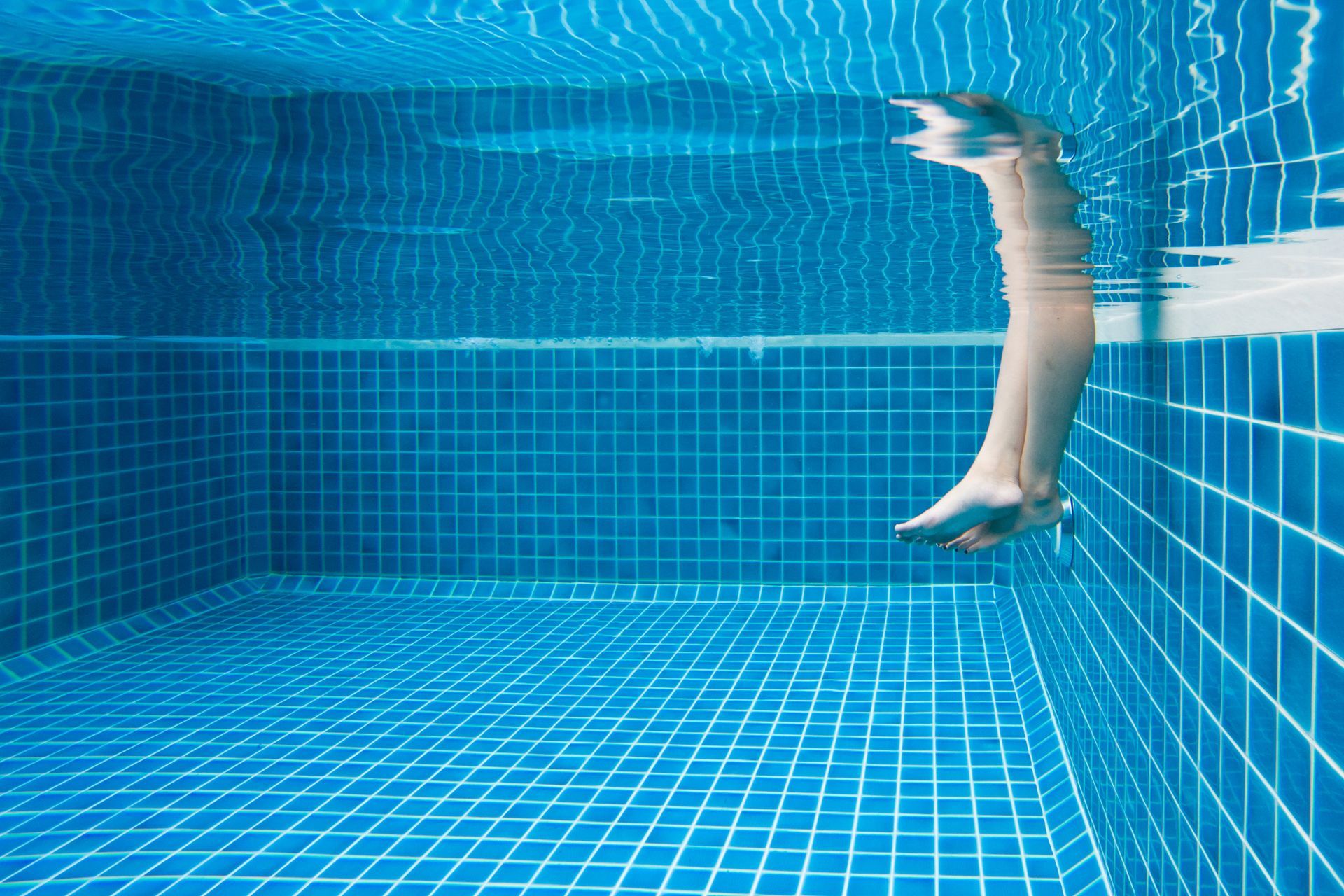
BUSINESS HOURS
- Mon - Fri
- -
- Sat - Sun
- Closed
BUSINESS HOURS
- Mon - Sat
- -
- Sunday
- Closed
All Rights Reserved | Gold Standard Pools Construction & Renovations


